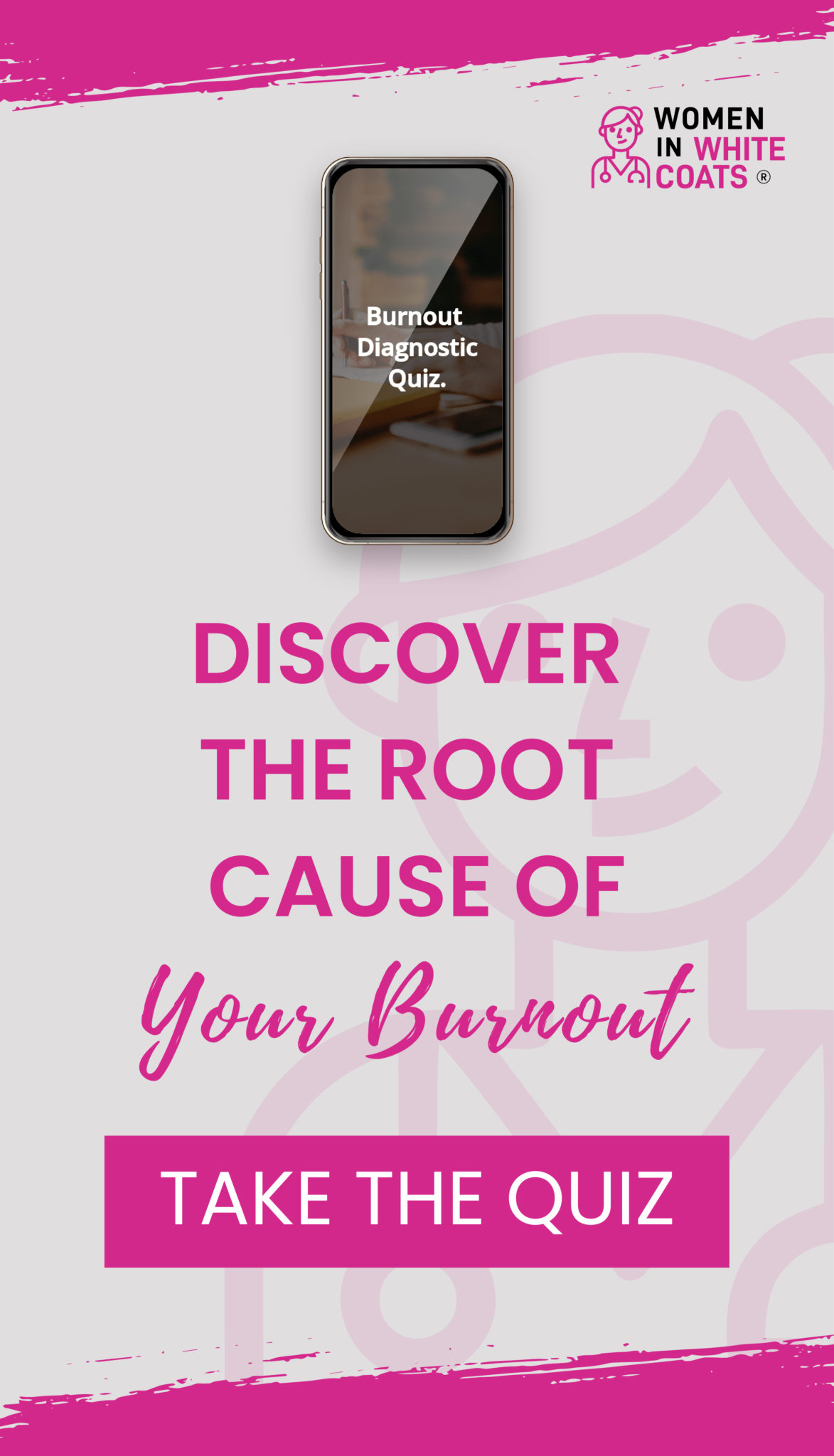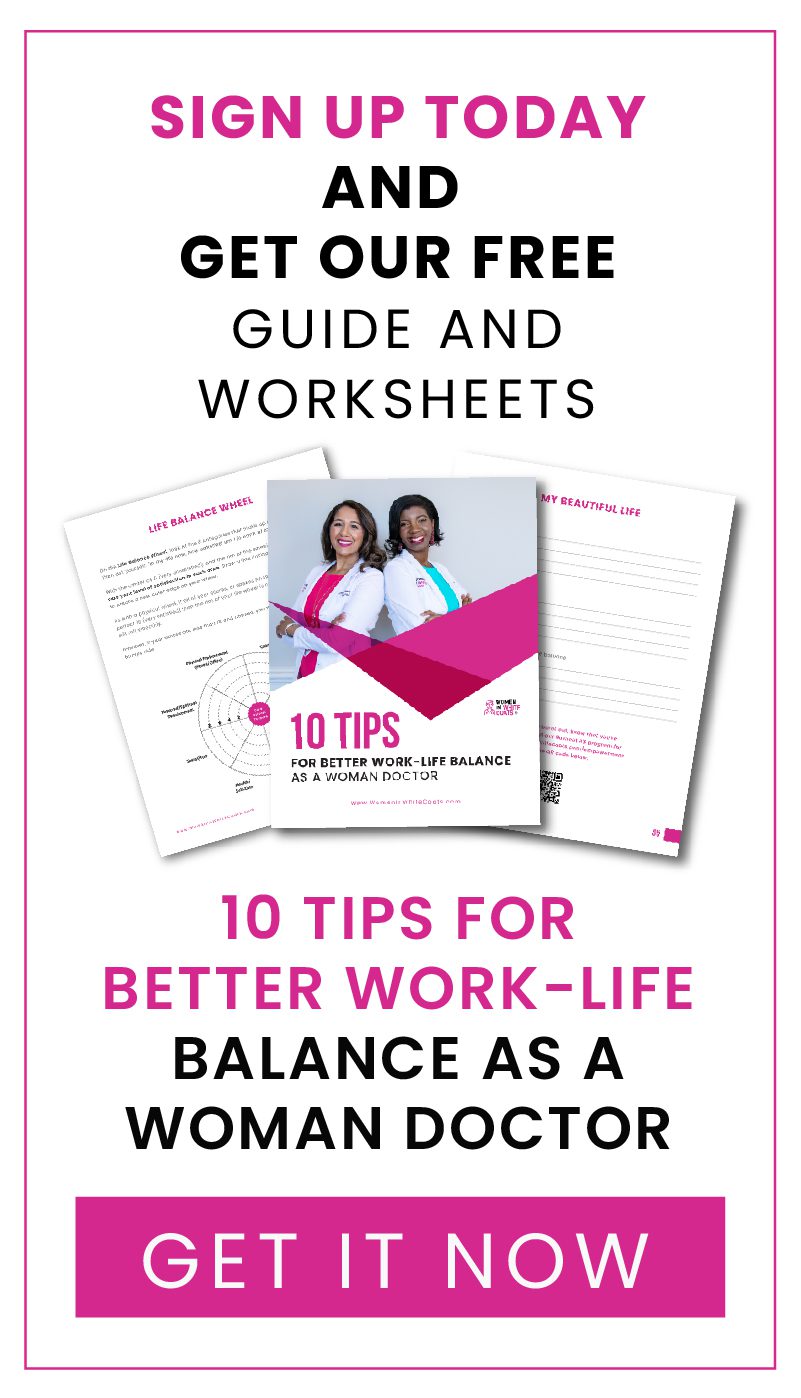I recently had the honor of being on a panel of amazing women for International Women’s Day on March 7th as part of the celebration of Women’s History Month.
The panel consisted of local women leaders, including a CEO of a sustainability company, a diversity and inclusion leader in the community, a state representative, and a sports executive.
The panel discussion was streamed live as a webinar to students and faculty of our local liberal arts college, and we took questions from the audience.
The diversity of women on the panel was striking in terms of age, race, sexuality, and professional achievements. What struck me was the commonality of the struggles we had faced as women in our respective careers. One of the questions asked of the panel was what were the inequities and problems we saw in our various professions as women and was there any progress.
The discussion ranged from the gender pay gap to the ubiquitous imposter syndrome. It was interesting to see that many were surprised that a significant gender pay gap still exists in medicine, as well as the lack of women in leadership roles, especially in academic medicine and healthcare leadership.
I am lucky enough to work at an institution where the CMO and CEO are both brave and accomplished women leaders. However, unfortunately, that is still not representative of the rest of the country; about 80% of the healthcare workforce comprises women, according to the Bureau of Labor Statistics. But fewer than 20% hold key leadership roles, according to Katie Bell, Korn Ferry global account leader. Women lead only 19% of hospitals and 4% of healthcare companies.
Physician burnout and physician suicide unfortunately remains high, I just read of the devastating loss of another woman physician to suicide in my neighboring state while writing this. The stress of the pandemic and job losses for specific medicine sectors has not helped, in addition to the unsupported political climate in the past year.
Parents, including physician moms and probably physician dads too, have had to struggle with enormous burdens at home and work and navigating a changing and very challenging landscape.

This year, there continue to be a lot of unmatched graduating medical students for residency spots. After dedicating close to eight or more, often grueling years, to pursuing a medical degree with the additional high student loan debt burden, this is not a good situation,
The positives are that the gender pay gap in medicine has narrowed by at least three percent since 2017, and women make up more than 50 percent of the incoming medical school class at many institutions. There has also been a push to create a kinder, gentler medical education and residency system than my generation experienced.
At the same time, finally, some attention is being paid to the racial health care disparities that have existed for so long and laid more bare by the pandemic.
In the end, all the women on the panel agreed that we need to support each other in our common goals. Women in leadership have a responsibility to pay it forward by identifying the next generation of women leaders and doing what they can to bring them up.
It is also essential for women to seek other women as part of a support system virtually or in person. In the words of former US women’s world champion, soccer team captain Abby Wambach, who I quoted, we need to find our “Wolfpack” of women.
I am so glad I could connect and find my “Wolfpack” with so many like-minded women, both in Women in White Coats and elsewhere. I urge you all to do the same if you have not done so yet.
Dr. Anupama Verma is the Editor-in-Chief of the Women in White Coats blog and a CoAuthor of “The Chronicles of Women in White Coats book two. She is a nephrologist who has been practicing for more than fifteen years and has lived on four continents. She is on Instagram and Twitter @anuvmd.




